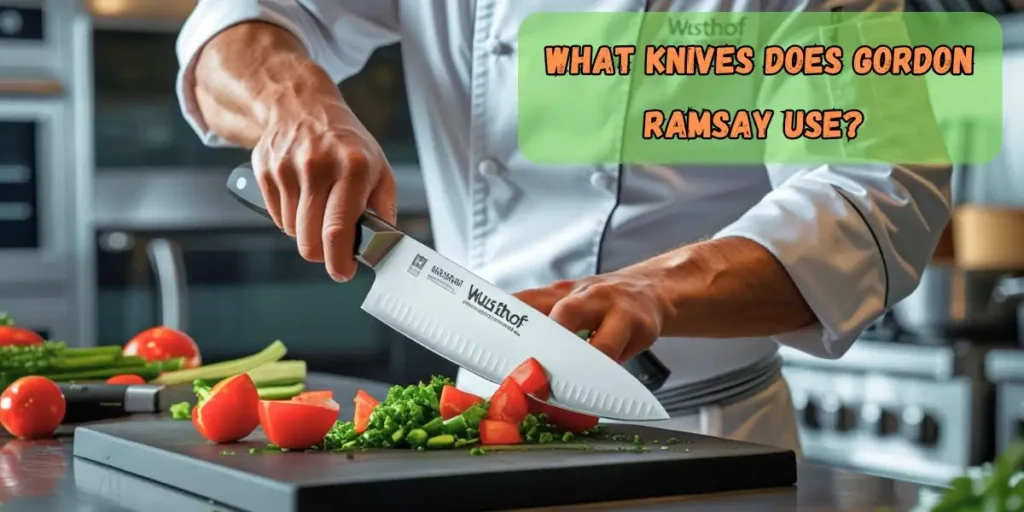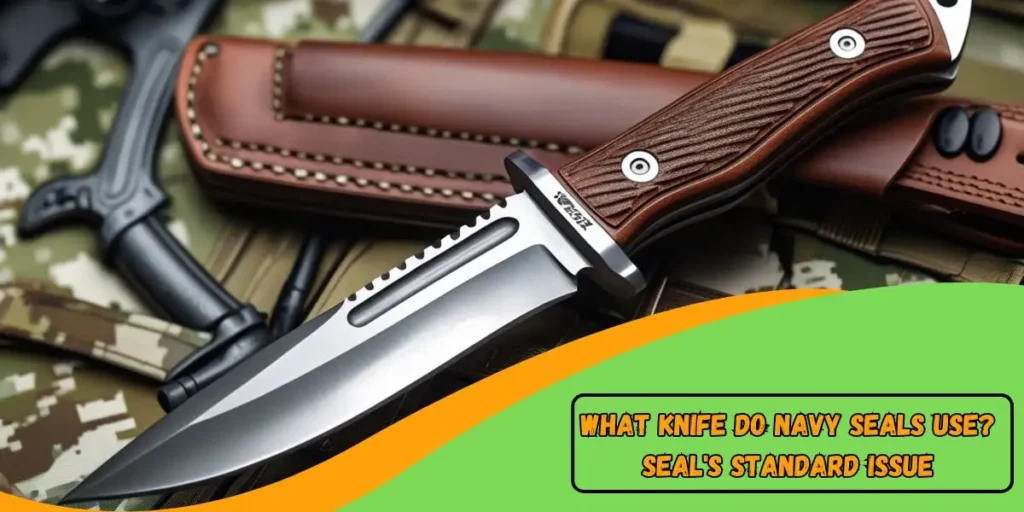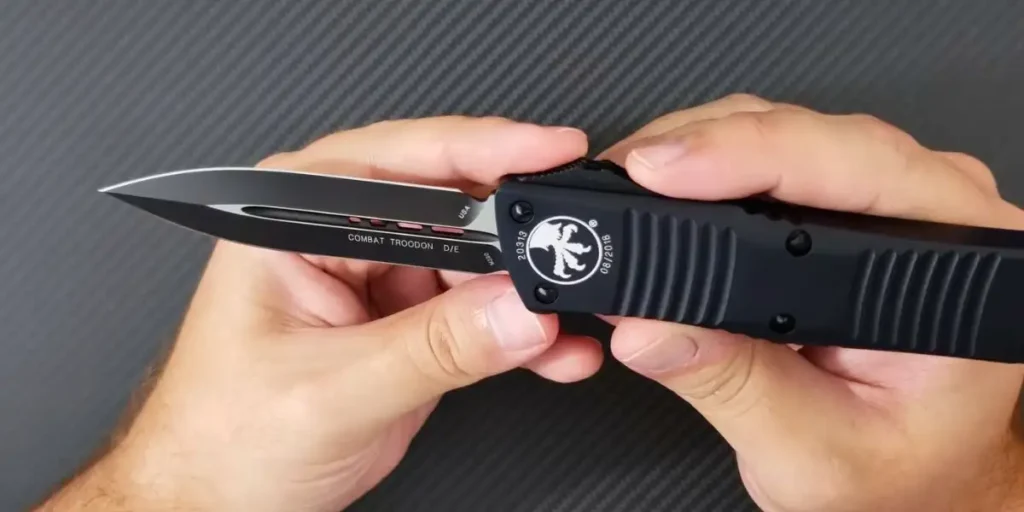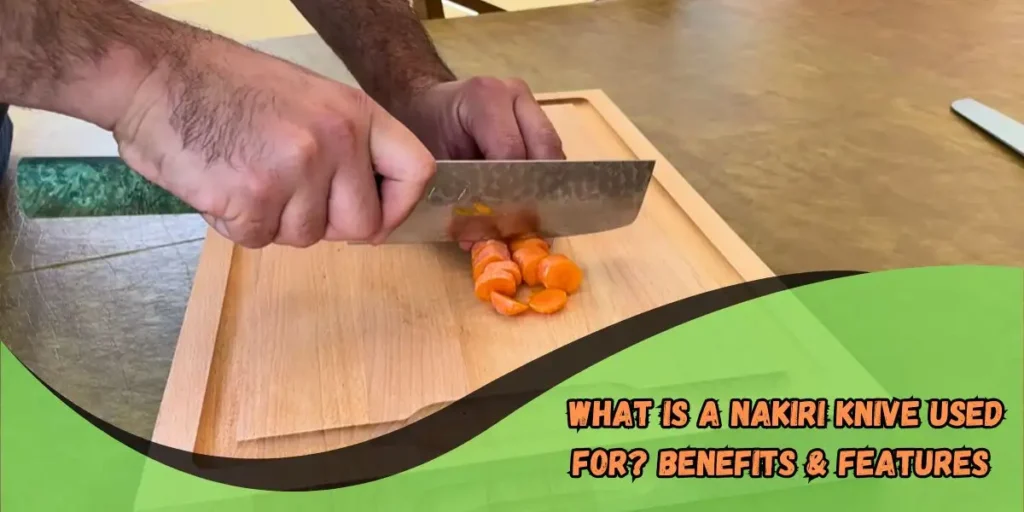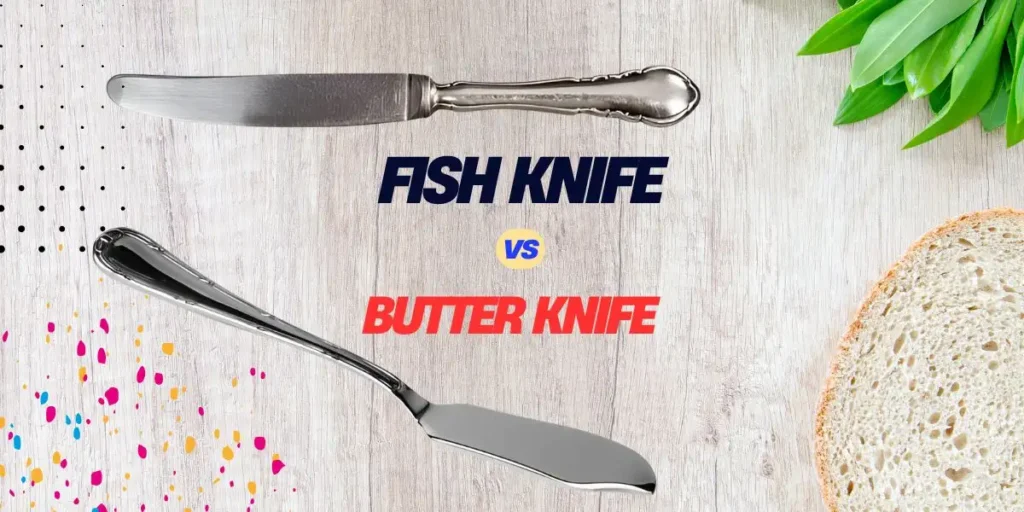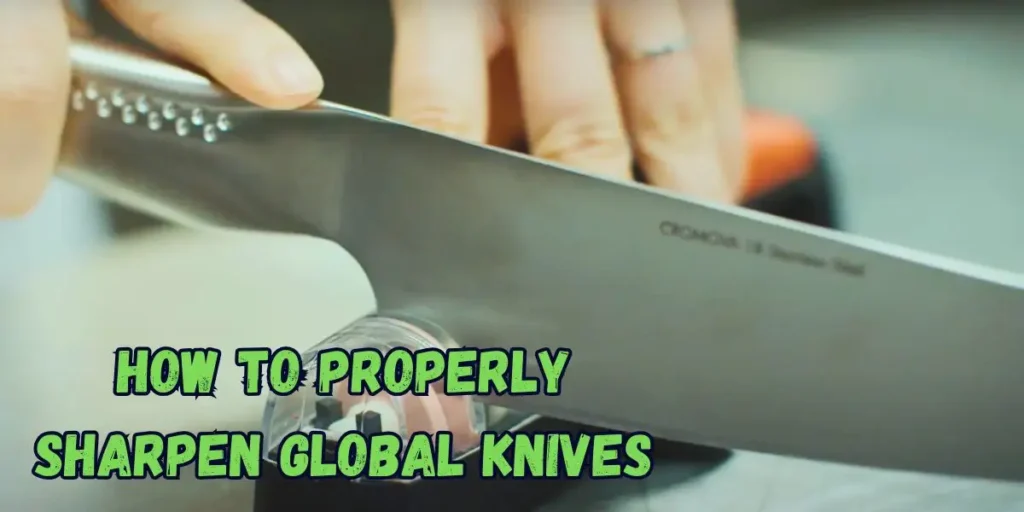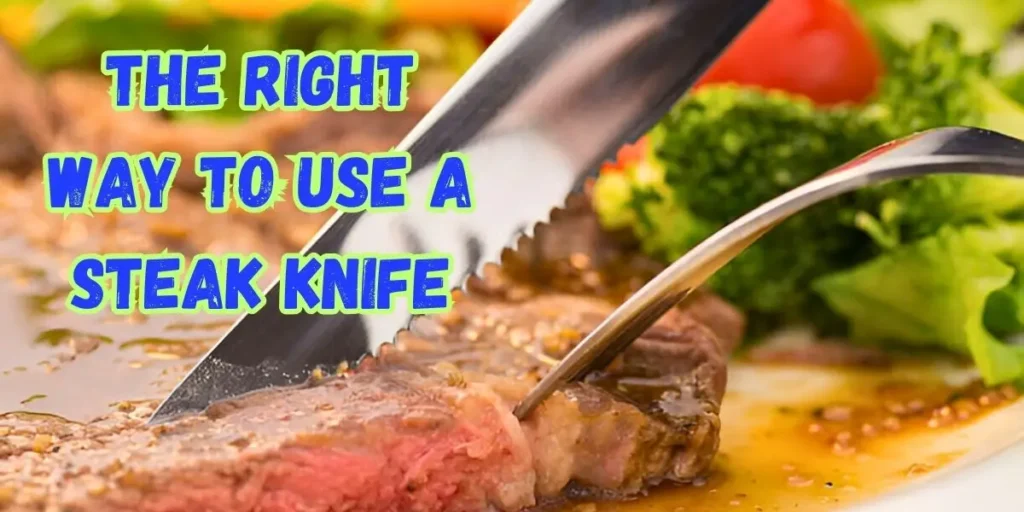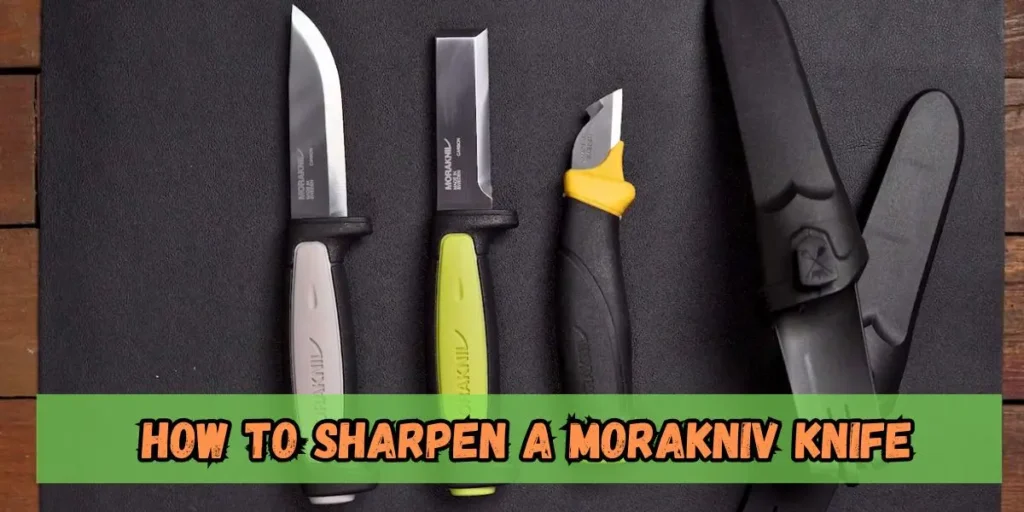How to Date a Camillus Knife | Identify Age & Value of Your Knife
Dating a Camillus knife is an exciting way to learn about its history and value. These knives, known for their strength and quality, have existed since 1876. Knowing how to date a Camillus knife helps you understand its age and craftsmanship. The most important clue is the tang stamp.
This stamp can tell you when the knife was made. Other factors, such as the handle material, blade shape, and sheath style, also help. Older knives often have wooden handles, while newer ones might use synthetic materials. The shape of the blade can also tell you a lot.
With some research, you can figure out the exact year of your knife. Using catalogs and talking to experts can give you even more information. Whether you are a collector or just curious, learning to date a Camillus knife is a fun and rewarding journey.
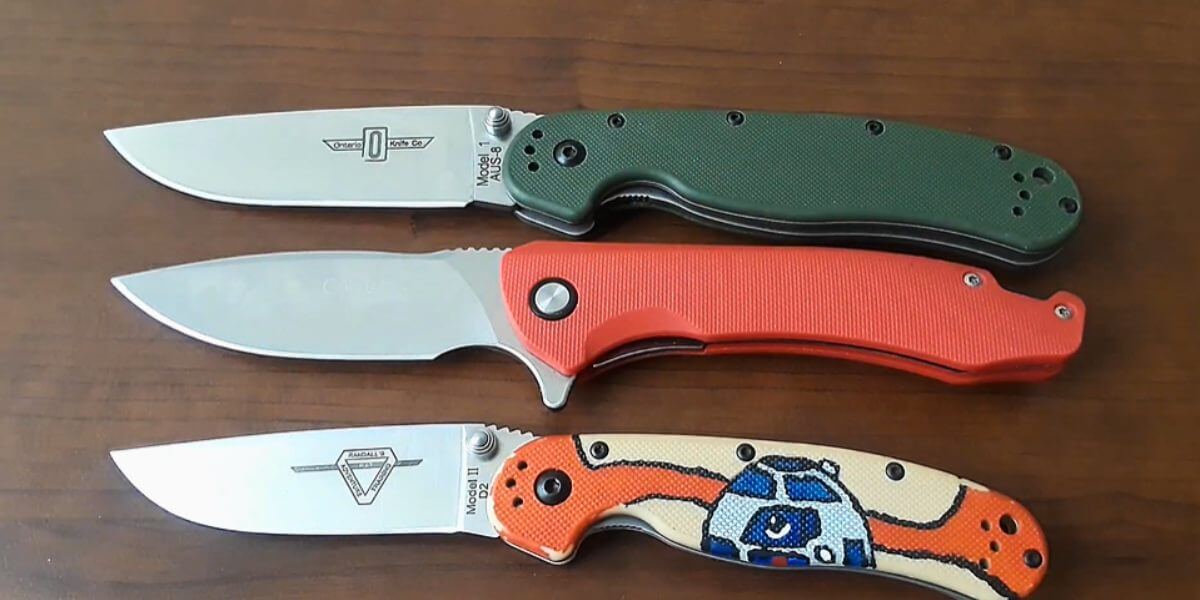
Introduction To Camillus Knives
Camillus knives, famous for their quality and durability, have a rich history that continues to captivate collectors and outdoor enthusiasts. Their enduring popularity is a testament to their timeless appeal. Knowing how to date a Camillus knife can enhance your appreciation and understanding of these iconic tools, making you part of this long-standing tradition.
History Of Camillus Knives
Camillus Cutlery Company, founded in 1876, is one of the oldest knife manufacturers in the USA. The company originated in Camillus, New York, and became well-known for producing reliable knives over time. During World Wars I and II, Camillus supplied knives to the U.S. military, which soldiers used for various tasks, from cutting rations to self-defense. This alliance with the army boosted Camillus’s reputation for quality and craftsmanship and led to producing specific military-issue knives, which collectors highly sought.
Significance Of Dating
Dating a Camillus knife helps you understand its historical context and determine its value. Collectors seek knives from specific periods, and dating helps verify authenticity. Knowing the production era can also reveal the materials and techniques used.
| Period | Features |
| 1876-1910 | Early models, basic designs, hand-forged |
| 1910-1940 | Improved steel, military contracts, mass production begins |
| 1940-1970 | War-time production, high durability, specialized designs |
| 1970-Present | Modern materials, advanced techniques, collectible editions |
Related: How to Date Imperial Knives
Recognising Blade Stamps
Empower yourself with the knowledge of blade stamps, which is essential for dating a Camillus knife. These stamps can reveal the knife’s age and authenticity, giving you the upper hand in knife collecting. This guide will help you identify both common and rare blade stamps.
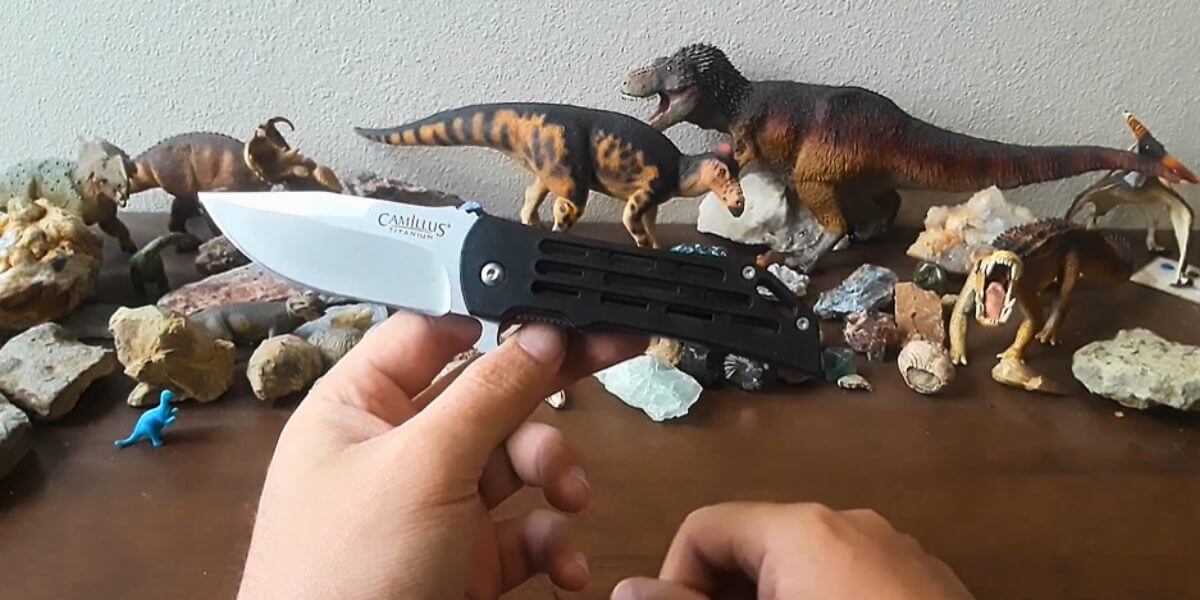
Common Stamps
Most Camillus knives feature a few standard stamps. These stamps provide basic information about the knife’s origin.
- Camillus, N.Y.: This stamp indicates the knife is made in Camillus, New York.
- USA: This simple stamp signifies the knife was manufactured in the United States.
- Camillus Cutlery Co.: This whole name stamp often appears on older models.
Don’t worry; these stamps are not hidden in plain sight. They are easy to find, and help date the knife within a broad range, providing reassurance in your quest for knowledge.
Rare Stamps
While rare stamps are less common, they’re more valuable because they can pinpoint a knife’s production date more precisely.
- Camillus New York: Used in the early 1900s, these stamps are rare.
- Four-Line Stamp: This includes detailed information and is seen in limited editions.
- WWII Era Stamps: These stamps were used during World War II and are highly collectible.
Identifying these rare stamps can significantly increase a knife’s value and historical importance.
| Stamp | Era | Rarity |
| Camillus, N.Y. | 1900s-Present | Common |
| Camillus New York | The early 1900s | Rare |
| Four-Line Stamp | Various | Rare |
| WWII Era Stamps | 1940s | Rare |
Understanding Handle Materials
Dating a Camillus knife requires a burden on its handle materials. The handle material can provide clues about the knife’s age and authenticity. Different materials were popular during different eras. Below, we explore two common handle materials: wood and synthetic.
Wood Handles
Wood handles were widely used in early Camillus knives. They offered a natural, rustic feel and excellent grip.
Common woods included:
- Walnut – Often seen in older models.
- Maple – Known for its durability and smooth finish.
- Rosewood – Valued for its rich color and texture.
The presence of these woods can help date the knife. Early 20th-century models often featured walnut or maple, and rosewood became more prevalent in mid-century designs.
Look for wear patterns, patina, and craftsmanship. These details can indicate the knife’s age. For instance, older wood handles may show more wear and a more profound patina.
Related: How to Date a Kinfolks Knife
Synthetic Handles
Synthetic handles became popular in the mid-20th century. They offered durability and a modern look.
Common synthetic materials included:
- Celluloid – Used in many mid-century models.
- Delrin – Known for its toughness and color variety.
- Kraton – Offers a rubber-like feel and excellent grip.
Celluloid was one of the first synthetic materials used. It was available in a wide range of colors and patterns. Delrin handles became common in the 1960s and 1970s. Kraton is a more recent material that offers superior grip and durability.
Examine the handle closely for material-specific wear. Celluloids may show shrinkage or discoloration. Delrin handles often retain their cocolorell but may show scratches. Kraton handles may display less wear but can attract dirt.
Analysing Blade Shapes
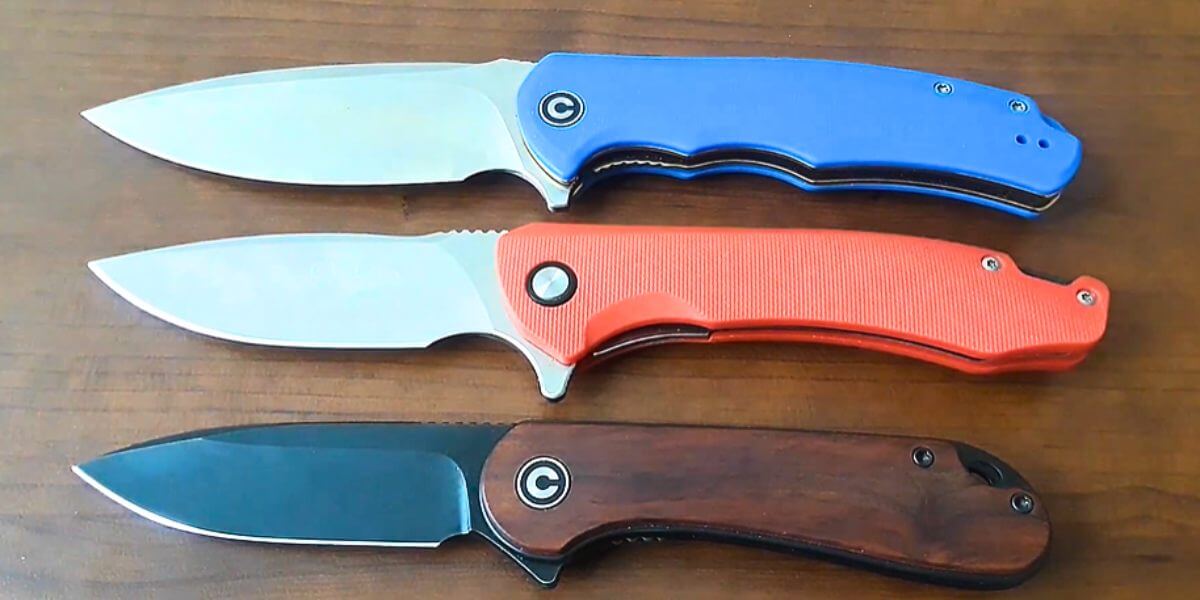
Understanding blade shapes helps date a Camillus knife. Each shape tells a story, and the blade’s design can pinpoint its age and use. Let’s explore the different blade shapes.
Popular Blade Types
Camillus knives feature several popular blade types. These designs are standard across many knife models.
| Blade Type | Description |
| Clip Point | A blade with a concave curve near the tip. Ideal for precision tasks. |
| Drop Point | A gently sloping spine to the tip. Excellent for control and balance. |
| Spear Point | Symmetrical and sharp on both sides. Designed for piercing. |
| Sheepsfoot | A flat edge and curved spine. Safe for cutting without piercing. |
Unique Blade Designs
Some Camillus knives boast unique blade designs. These rare shapes can provide clues to their history.
- Wharncliffe: A straight edge and a curved spine tapering to the tip. Used for detailed cutting work.
- Trailing Point: A sweeping curve up to the tip. Ideal for slicing and skinning.
- Gut Hook: A blade with a hook near the tip. Designed for field dressing games.
- Tanto: A blade with a high point and flat grind. Known for its strength and durability.
By analysing these blade shapes, you can accurately date your Camillus knife.
Examining Tang Stamps
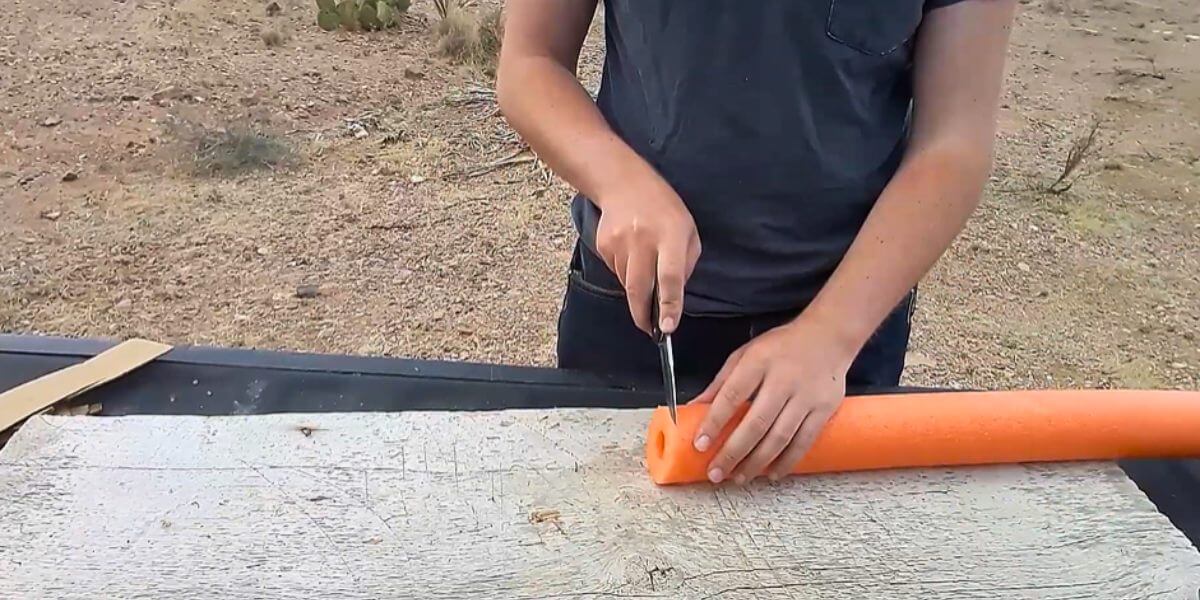
To date, examining tang stamps is crucial for a Camillus knife. These stamps offer clues about the knife’s manufacturing period. Looking at these stamps, you can quickly identify whether you have an early or modern knife. Below, we break down the differences between early and contemporary tang stamps.
Early Tang Stamps
Early Camillus knives have distinct tang stamps. These stamps often include the company name and location. Early stamps may read “CAMILLUS CUTLERY CO.” or “CAMILLUS, N.Y.” The fonts used in early stamps are usually serif-style. Below is a quick reference table to help you identify early tang stamps:
| Tang Stamp | Period |
| CAMILLUS CUTLERY CO. | 1902 – 1946 |
| CAMILLUS, N.Y. | 1946 – 1950 |
Modern Tang Stamps
Modern tang stamps are different from early ones. These stamps often include the full name of the company and sometimes the country of origin. Modern stamps may read “CAMILLUS USA” or “CAMILLUS NEW YORK.” The fonts used in modern stamps are usually sans-serif. Here’s a quick reference table for modern tang stamps:
| Tang Stamp | Period |
| CAMILLUS USA | 1950 – 2007 |
| CAMILLUS NEW YORK | 2007 – Present |
Identifying Sheath Styles
Understanding the sheath style can help date a Camillus knife. Sheaths protect the blade and reflect the era’s craftsmanship. There are two main types: leather and synthetic.
Leather Sheaths
Leather sheaths are classic and durable. They were popular in earlier knife models. Look for these characteristics:
- Stitching: Hand-stitched or machine-stitched. Older models often have hand-stitching.
- Markings: Stamps or embossing. These can indicate the period.
- Wear and Tear: Natural aging signs like patina and scratches.
Leather sheaths might have specific design patterns. These can help identify the manufacturing date.
Related: How to Date a Camillus Kabar Knife
Synthetic Sheaths
Synthetic sheaths emerged in later years. They are made from materials like nylon or plastic. Key features include:
- Material: Look for nylon, plastic, or composite materials.
Construction: Often machine-made with uniform stitching. - Branding: Modern logos and markings can help date the sheath.
Synthetic sheaths are more resistant to weather. They are ideal for newer knife models.
Using Catalogs For Reference
Determining the age of a Camillus knife can be a fascinating journey. One effective method is to use catalogs as a reference. Catalogs provide visual and descriptive details that can help identify the era of your knife. This section will guide you through using vintage catalogs and online resources for your research.
Vintage Catalogs
Vintage catalogs are a goldmine of information. They often include detailed images and descriptions of Camillus knives from various periods.
- Printed Catalogs: Libraries and collectors often have old catalogs.
- Knife Shows: Visit knife shows to find vintage catalogs.
- Antique Stores: These stores sometimes carry old knife catalogs.
Vintage catalogs can provide a direct comparison to your knife. Look for specific details like blade shape, handle material, and markings.
Online Resources
Online resources have made it easier to access old catalogs. Many websites and forums offer scanned versions of vintage catalogs.
- Collector Websites: Websites dedicated to knife collectors often feature old catalogs.
- Online Libraries: Libraries sometimes digitize old catalogs for online access.
- Knife Forums: Forums can be valuable for catalog scans and expert advice.
Use these online resources to compare your knife against catalog images and descriptions. This can help pinpoint the manufacturing period of your Camillus knife.
Resource Type | Where to Find |
Printed Catalogs | Libraries, Knife Shows, Antique Stores |
Online Catalogs | Collector Websites, Online Libraries, Knife Forums |
Consulting Experts And Collectors
Dating a Camillus knife can be complex. Consulting experts and collectors offer valuable insights. These individuals have years of experience and vast knowledge, and they can help identify unique markings and historical details.
Forums And Communities
Online forums and communities are treasure troves of information. Enthusiasts gather to share their knowledge about Camillus knives. You can find detailed discussions on specific models and markings.
Participating in these forums can provide you with multiple perspectives. You can also ask questions and get answers from experienced collectors. This collaborative environment is invaluable for learning.
Related: How to Date a Carl Schlieper Knife
Professional Appraisals
Sometimes, you need an expert eye to date your knife. Professional appraisals can offer a more accurate assessment. These experts have specialized tools and historical data.
Here are some benefits of professional appraisals:
- Accurate dating and valuation
- Detailed reports and certificates
- Expert advice on preservation
Consider getting a professional appraisal for high-value or rare knives. This can add credibility to your collection.
Consulting experts is crucial whether you engage with online communities or seek professional help. It ensures you have the most accurate information about your Camillus knife.
Frequently Asked Questions (FAQs)
Check blade markings, tang stamps, and design changes. Compare with historical catalogues for accurate dating.
Tang stamps are markings on the knife's tang. They indicate the manufacturer and can help date the knife.
Visit collector websites or forums. Libraries and antique shops may also have historical Camillus catalogues.
The blade shape, handle material, and tang stamps change over time. These variations help determine the knife's age.
Far far away, behind the word mountains, far from the countries Vokalia and Consonantia, there live the blind texts. Separated they live in Bookmarksgrove right at the coast
Conclusion
Understanding how to date a Camillus knife enhances its value and your appreciation for its craftsmanship. By identifying key markings and features, you can accurately determine its age. This knowledge not only aids collectors but also enriches your knife’s history.
Stay informed and enjoy the fascinating world of Camillus knives.
Related Posts
-
 What Is a Slicing Knife Used For? Discover How It Makes Cooking Easy!
What Is a Slicing Knife Used For? Discover How It Makes Cooking Easy! -
 What knives does Gordon Ramsay use? Check out his premium knives
What knives does Gordon Ramsay use? Check out his premium knives -
 What Knife Do Navy Seals Use? SEAL's Standard Issue 2025
What Knife Do Navy Seals Use? SEAL's Standard Issue 2025 -
 What Knife Does John Wick Use? Learn About His Deadly Blade
What Knife Does John Wick Use? Learn About His Deadly Blade -
 What is a Nakiri Knives Used For? Benefits & Features Explained
What is a Nakiri Knives Used For? Benefits & Features Explained -
 Fish Knife vs Butter Knife: Key Differences and Uses Explained
Fish Knife vs Butter Knife: Key Differences and Uses Explained -
 How to Sharpen Global Knife: A Quick Guide 2025
How to Sharpen Global Knife: A Quick Guide 2025 -
 Decoding the Iconic Why So Serious Joker Knife
Decoding the Iconic Why So Serious Joker Knife -
 The Right Way to Use a Steak Knife: Tips and Tricks
The Right Way to Use a Steak Knife: Tips and Tricks -
 How to Sharpen a Morakniv Knife Safely and Effectively
How to Sharpen a Morakniv Knife Safely and Effectively


